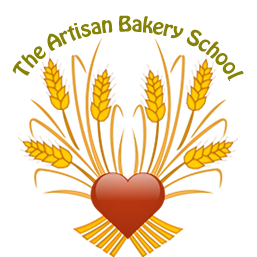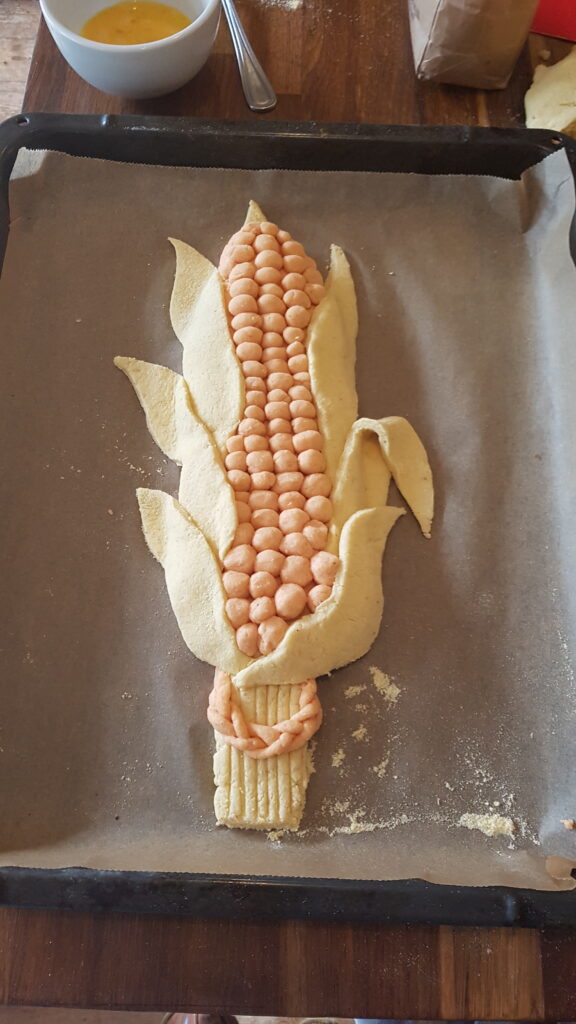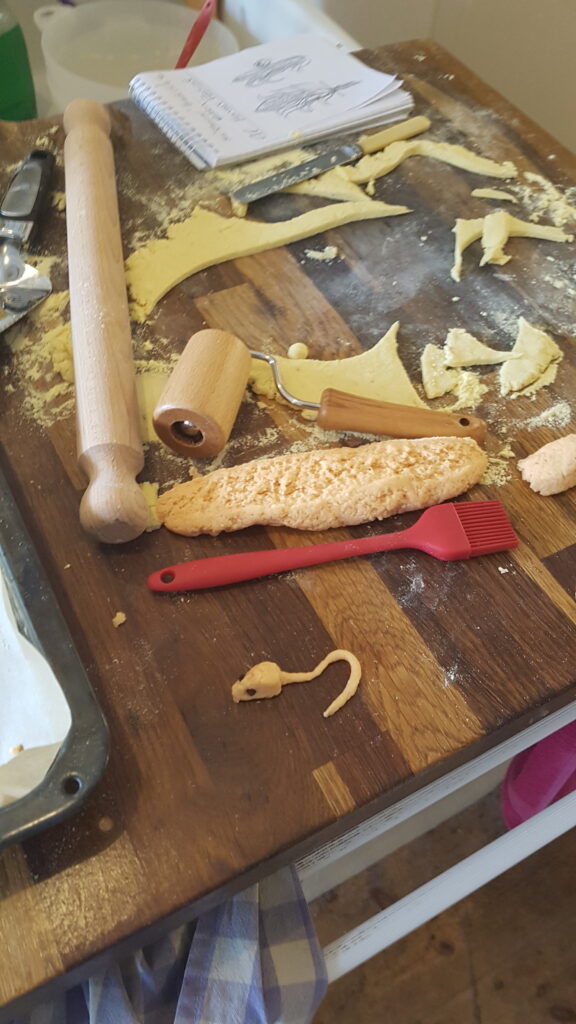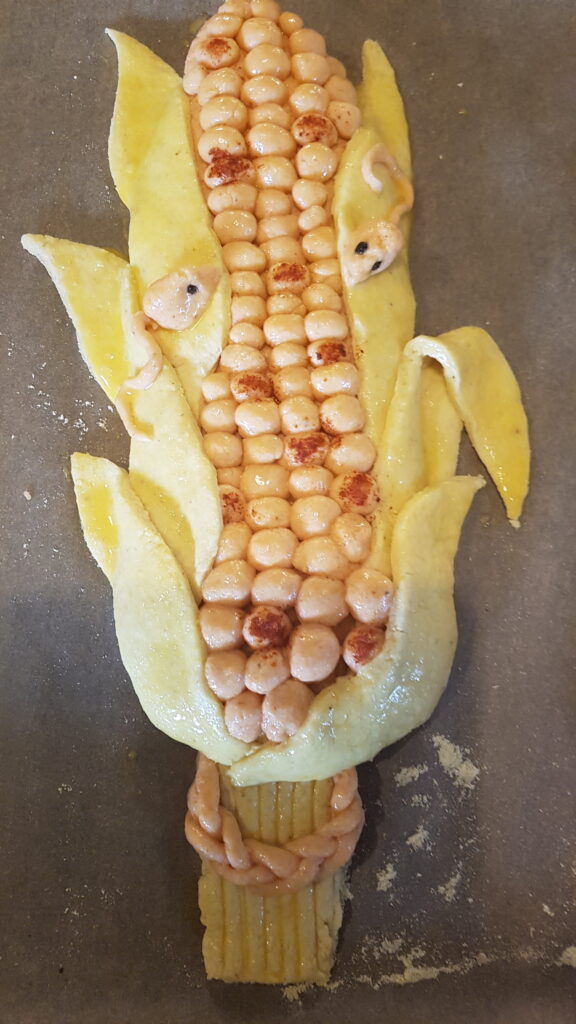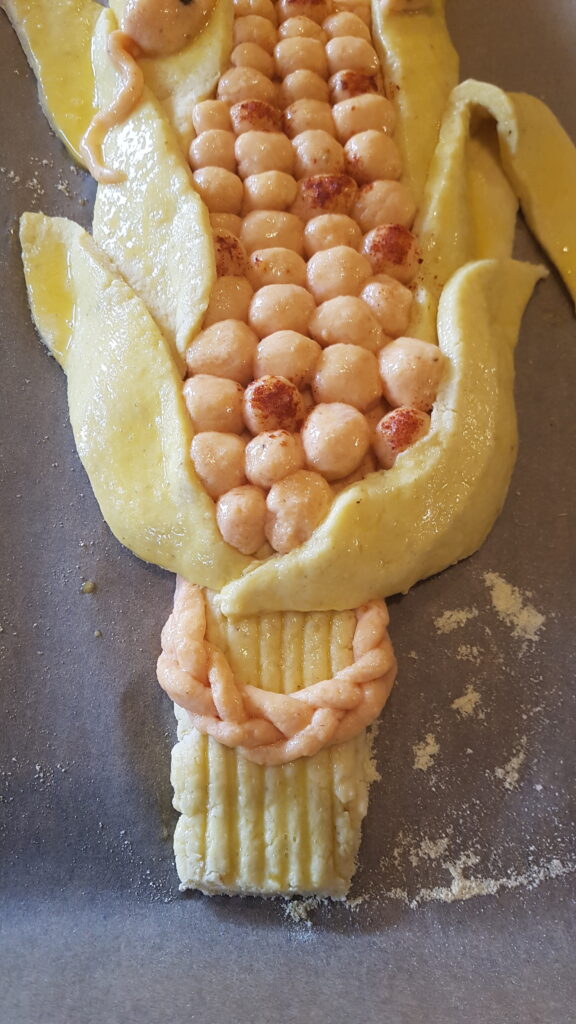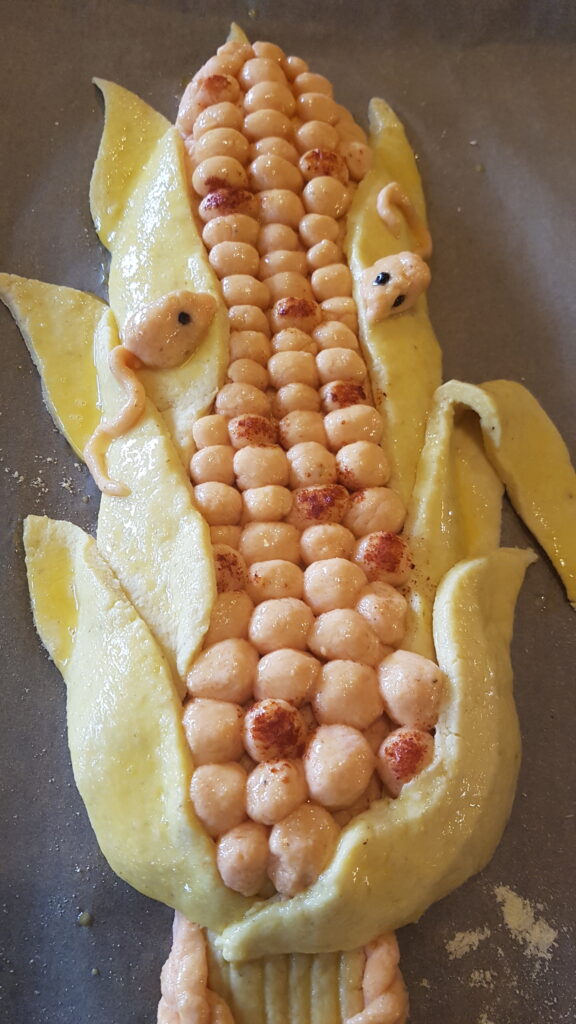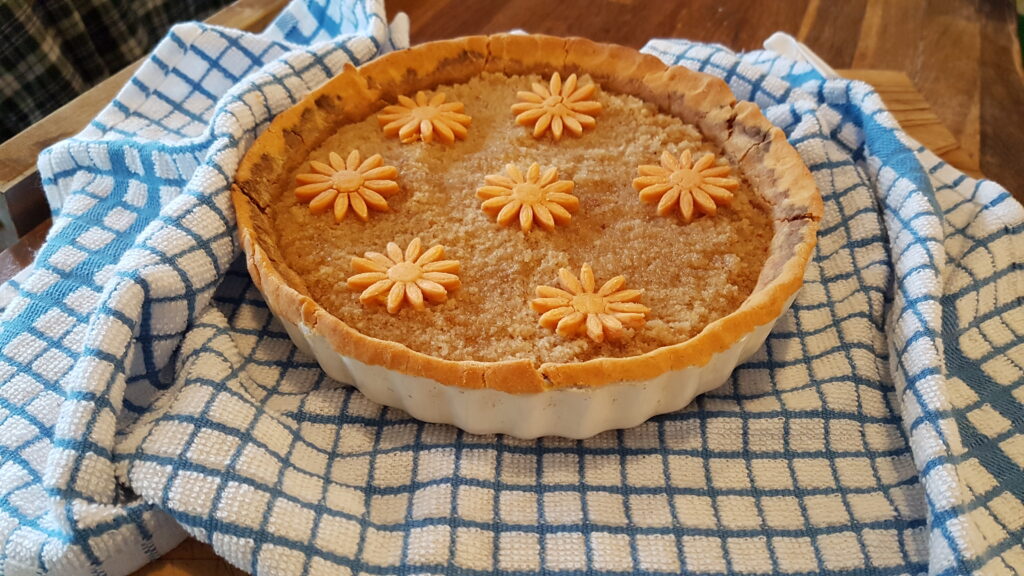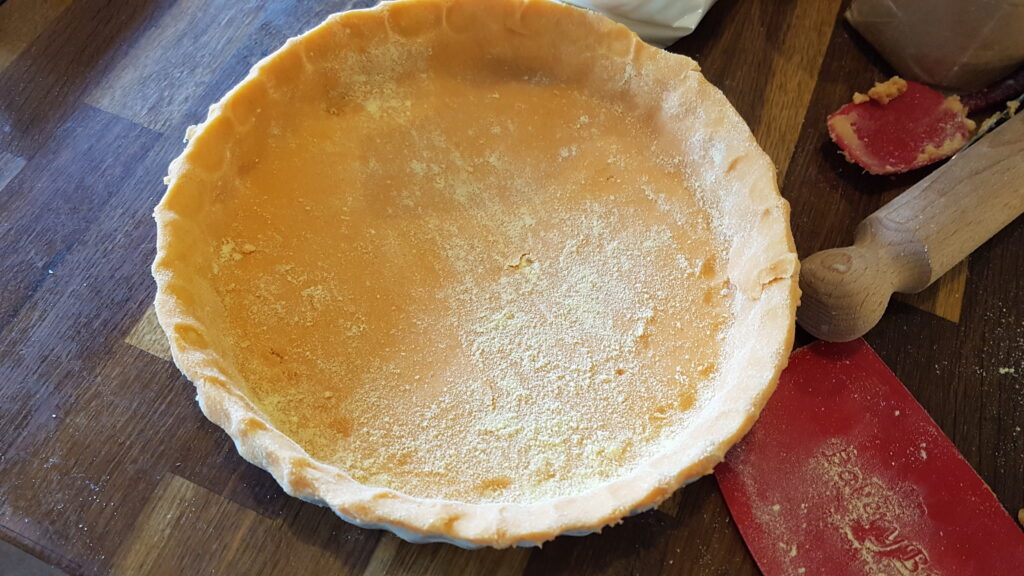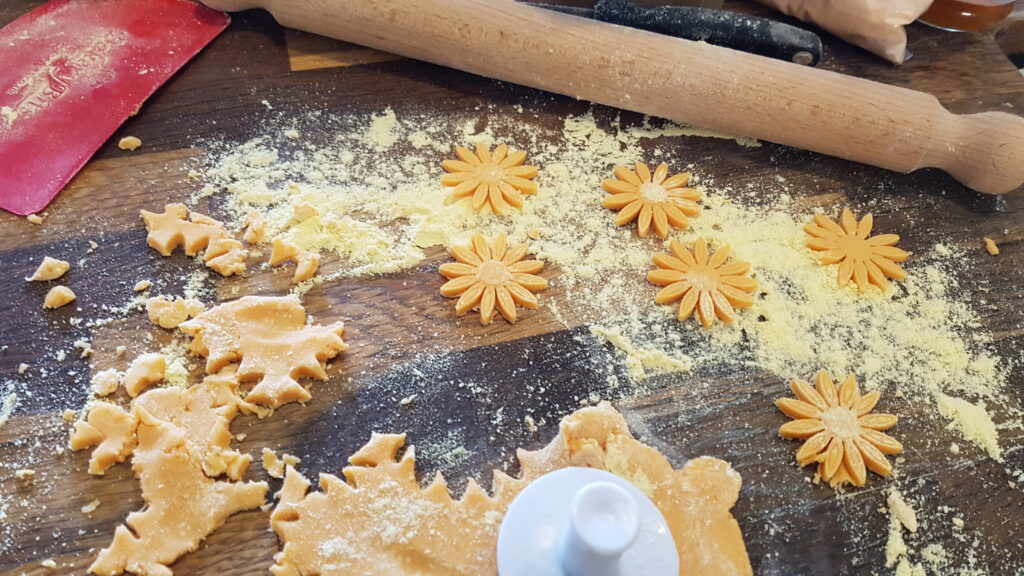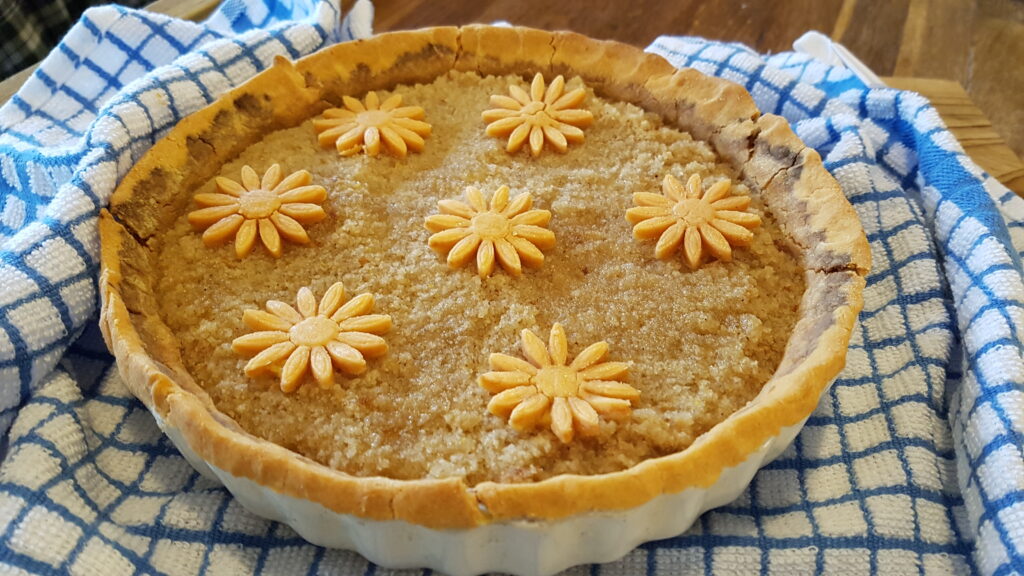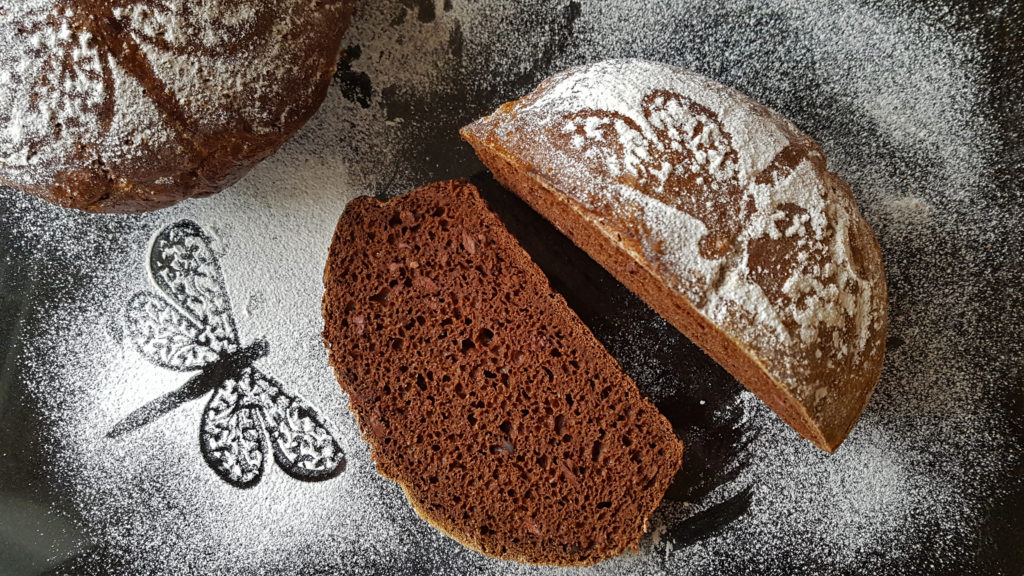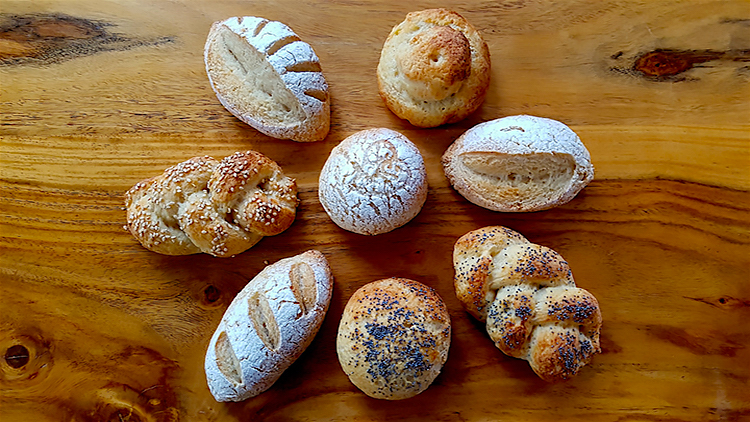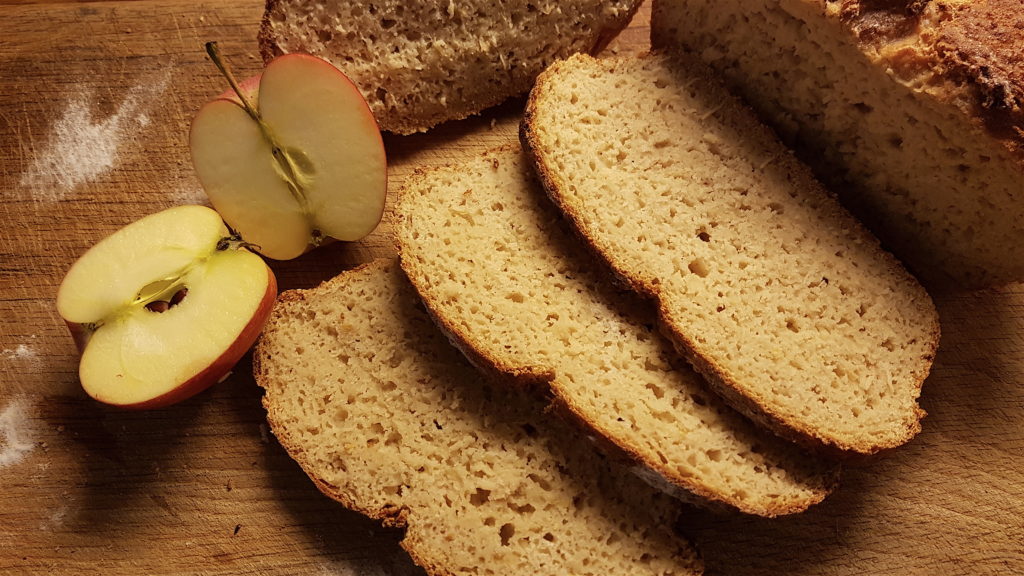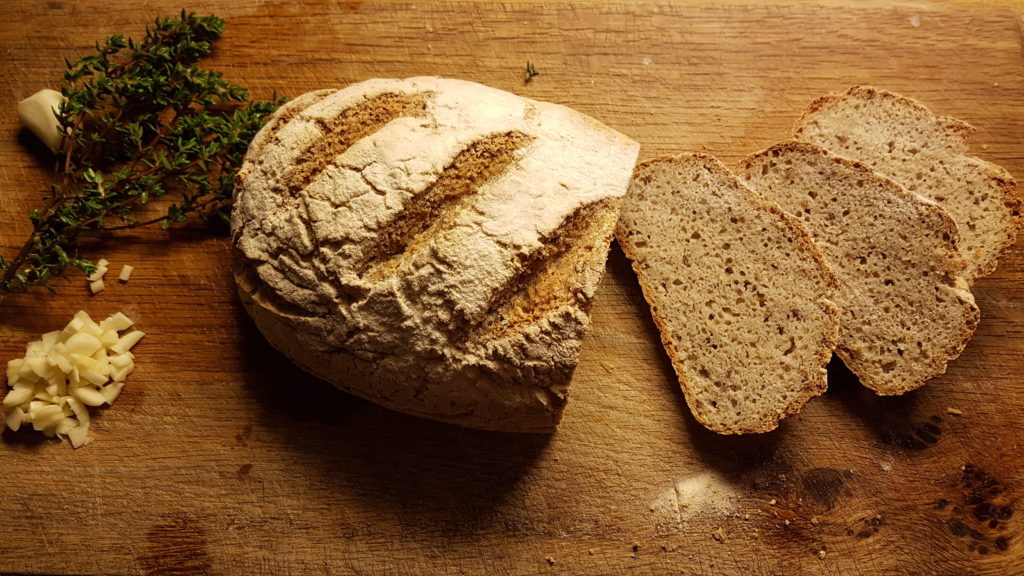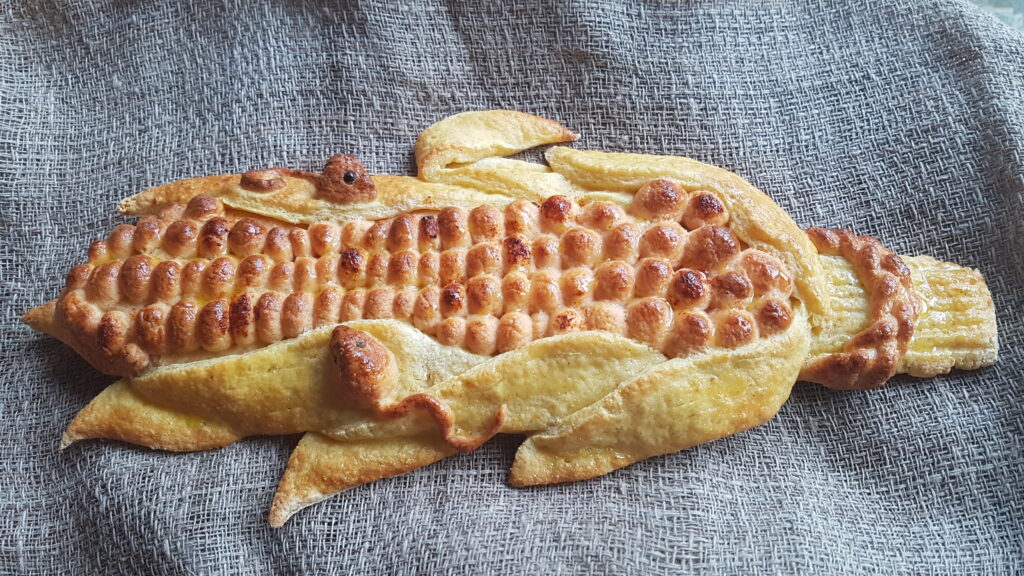
Gluten sensitive and feeling sidelined at Harvest time? Don’t be.
Make your own, beautiful corn cob bread from maize and red lentil flours, complete with traditional braid and field mice.
In our strange world of a-seasonal availability, with strawberries in December and blackberries in May, the notion of celebrating the Harvest at summer’s end has lost some of its grip on our collective imagination. Unless we’re farmers … or bakers. In pagan times, Harvest Festival used to be a wild, drunken and raucous party to celebrate the end of all the epic hard work of getting the wheat from the fields into the barns, an effort that involved the whole village.
Then the Church came along and tidied it up a bit, adding some helpful customs about donating surplus food to hungry parishioners, and prettifying the party with artistic displays of vegetables and breads.
Wild or mild, harvesters still like to drink cider at the end of a long, hot, itchy day in the fields. And many still love tucking in to a good old harvest loaf; I bake a few for the local schools and churches every year.
It’s not all about the wheat.
But traditions can be shy little creatures. Ignore them for too long and they fade away. So I wanted to point out that Harvest is still essential, still something to be grateful for, wherever we are, whoever we are, and, what’s more, it is not restricted to those who eat wheat. Of course, there are plenty of other crops grown in the fields that we celebrate, but they tend not to feature as centrepieces at harvest suppers. So, for a twist on the traditional Harvest Tide this year, and following on all the gluten free course creation we’ve been doing, I’ve invented a gluten free bread celebrating the harvest of maize, which can be seen growing all over the country these days, and is apparently a great favourite with field mice.
I hope you like it as much as I do!
The Recipe
Ingredients
Gold Dough
- 120g maize flour
- 60g white rice flour
- 45g tapioca flour/starch
- 45g potato flour/starch
- 4g salt
- 10g agave syrup
- 5g instant yeast
- 12g psyllium husk
- 12g organic apple cider vinegar
- 15g olive oil
- 240g warm water
Red Dough
- 120g red lentil flour
- 60g white rice flour
- 45g tapioca flour/starch
- 45g potato flour/starch
- 4g salt
- 10g agave syrup
- 5g instant yeast
- 12g psyllium husk
- 12g organic apple cider vinegar
- 15g olive oil
- 240g warm water
Method
- Weigh all the dry ingredients for the Gold dough into a medium bowl and swish together briefly with your hand.
- Pour warm water into a jug and stir in the vinegar, oil and syrup.
- Pour the mixture into the bowl of flours and beat until smooth.
- Repeat with the Red dough.
- Leave both bowls of dough to rest for an hour.
To form the corn cob:
- Line your largest tray with baking paper.
- Take 2/3 of the red dough and shape into the long base of the corn cob on the paper.
- Add a stalk using some yellow dough.
- Roll the rest of the red dough into long strands, then snip off small pieces to roll into balls. These will be your niblets.
- Leftovers can be used to make a decorative plait for the stalk, as in traditional wheat sheaf bread, and to make the all-important mice.
- Take the yellow dough and roll it out to about 5mm thick.
- Cut out 6 long, wavy leaves to form the husk. I used three on the left, one tiny one behind the tip of the cob, and three on the right, one of which was long enough to fold over.
- Arrange the yellow leaves on the red base.
- Now add the niblets in straight rows, making sure to tuck some under your leaves for a more 3-D effect.
- Shape the mice, using peppercorns for their eyes and position them on the husk, or wherever looks cute to you. I make tiny wedges of dough, and add finely rolled strings for the tails. Once you push the peppercorns in, they look surprisingly micey!
- Glaze everything very carefully with beaten egg. If you want to create a more colourful impression in the niblets, you can brush some of them with smoked paprika, or even make some of them using the yellow dough too.
Bake in a pre-heated oven at 175 C/ 347 F for 21 minutes, turning half way through, and turning down to 150 C / 302 F if it’s browning too fast.
Allow to cool in the tray. It won’t be as rigid as a wheat loaf, so be careful how you handle it.
If you prefer not to use egg wash, I suggest baking it naked and then brushing it with olive oil before serving. If you use anything sweet (honey/agave) it will burn and your loaf will be too dark.

